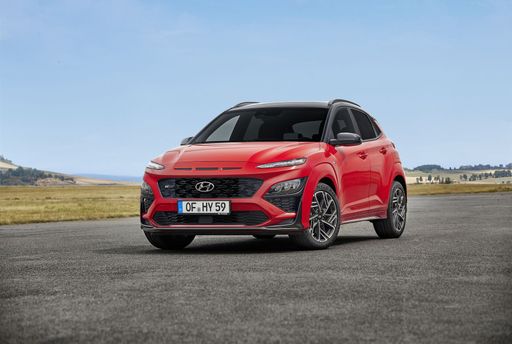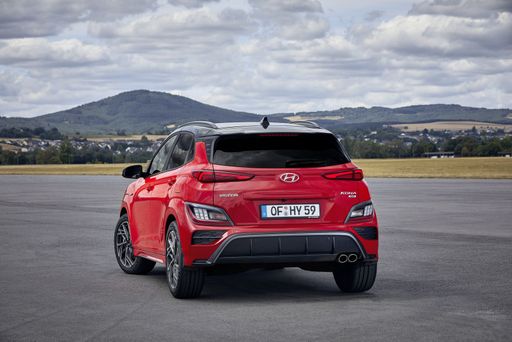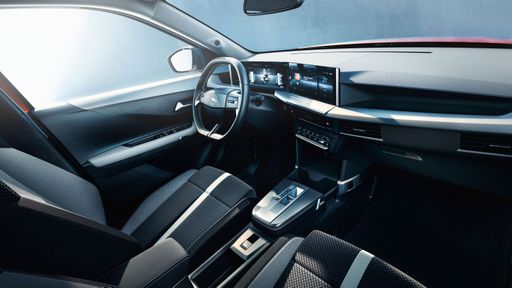Hyundai Kona vs Opel Frontera: A Comparative Analysis
The automotive market is fiercely competitive, with manufacturers like Hyundai and Opel pushing the envelope of innovation and performance. Both the Hyundai Kona and the Opel Frontera cater to drivers looking for reliability, comfort, and advanced technology in a compact package. Here’s a detailed comparison focused on their technical specifications and innovations.







